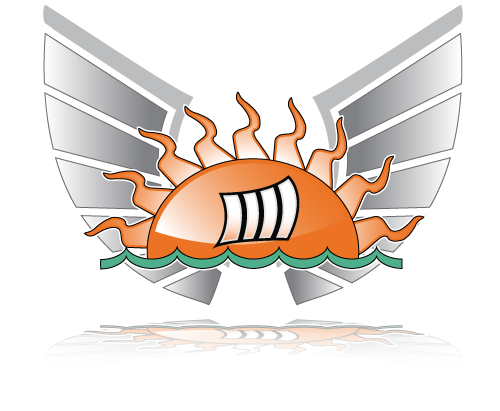Welcome to Team Phoenicia's blog! We're dusting everything off for our fun and games PR wise. Multiple people have probably paid call on our oh-so-quiet blog. It's not because we
wanted to be quiet. it is merely because we had to. There are some rules with regards publicity and announcements by the X Prize Foundation. This is merely so that everyone is coordinated with regards to the talking heads, etc.
So what are we doing? We are attempting to aim for the
Google Lunar X Prize.
Hold the phone/block on that socket! You are announced by the X Prize Foundation as participating in the
Lunar Lander Challenge NOT the Google Lunar X Prize.
That's right! We're working on the
LLC as a demonstration phase for our backers. The
LLC vehicle,
The Wind at Dawn, is not a direct prototype for the
GLXP landing stage. It is, however, a step in that direction. We are only entering into the Second Level of the
LLC where our lander must fly for 180 seconds and put down on a lunar
simulant landing pad.
Once we have completed our demonstration here for our backers, we will be moving on to register for the
GLXP.
Who are we?We are a team of techno types from mostly government lab/test range day jobs.
The Team Leader, William Baird, works in the supercomputing field. Wes
Pickens works in specialized antenna development. Brandon
Rohrer works in advanced human-robotics interfacing, namely prosthetics. Shane Thomas works in programming for a test range.
Lyudmila Baird is a former government accountant and currently a student. That's a little vague, but we're very well known in our respective fields. This isn't wholly inclusive of everyone in Team Phoenicia for the
GLXP effort. It
is inclusive of everyone in the
LLC effort.
Who are your backers?This is a bit of a pitch and thank you to the companies that are backing us.
First up is
Wind River. These guys have provided us with software and persuasive support in a big, big way. They really have been there for us. They're software is top notch and their people have been very,
very responsive.
Secondly we have
Ansoft. Their help has been invaluable. Their software is the big hammer of RF/Microwave design.
Finally, of our public backers, we do not want to leave out
Emachineshop. Without their expertise and support, we would not have been able to build
The Wind at Dawn.
We hope to announce a handful more backers very, very soon.So where are you now?We are a little behind schedule, but our design is complete. Our parts are on order and will arrive very shortly. We are planning on doing our first test fires of the prototype engine shortly. Our software is humming along. We have done simulations and plenty of analyses. If anything, we'd have
to say we've done more paperwork in support of licenses and participation than we've needed to do rocket science. (o.O)
Our recommendation for any team in the future is that they have a person dedicated to
just doing the paperwork. We are
not kidding about that at all.
We will try to have an update daily.









